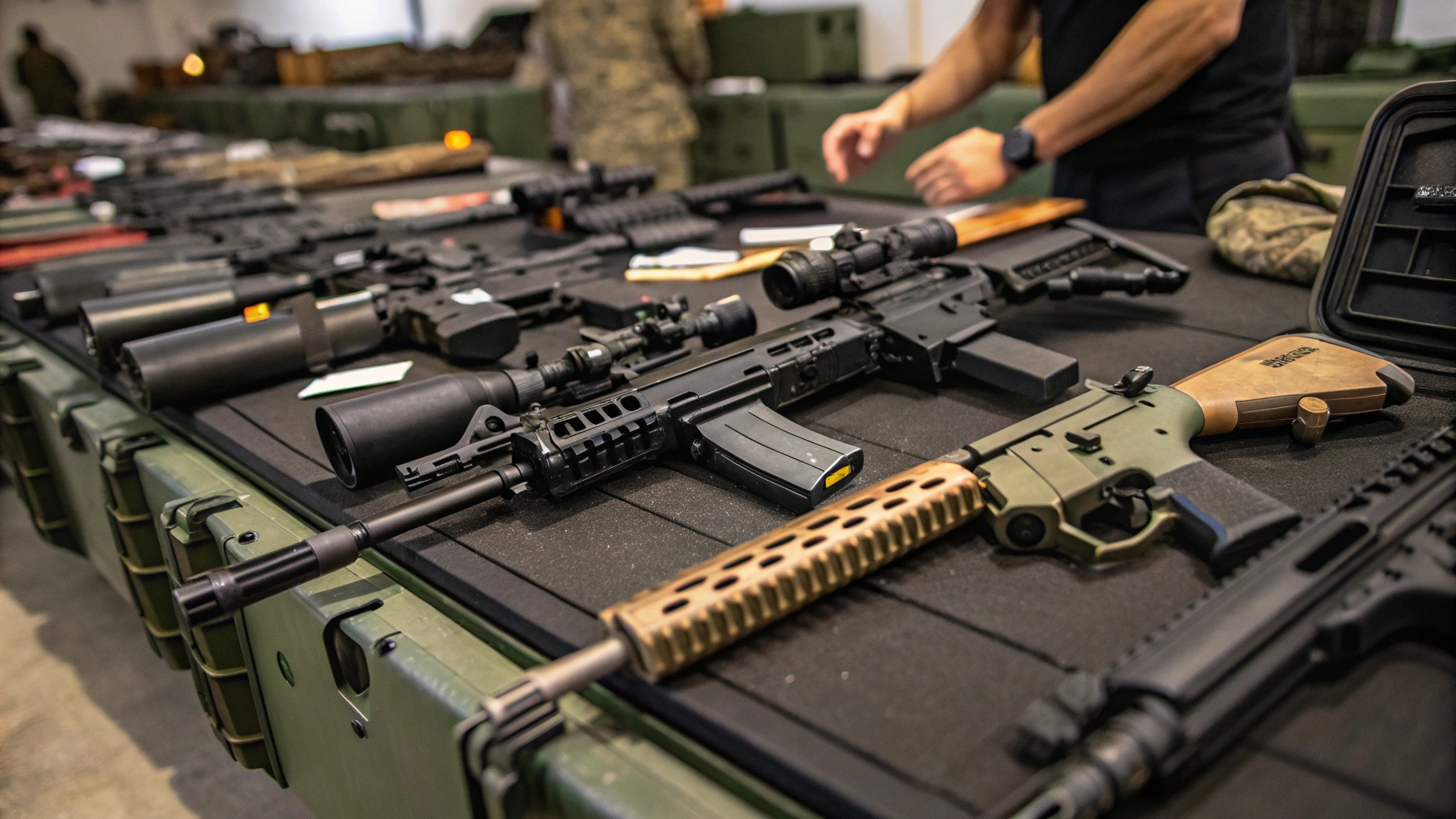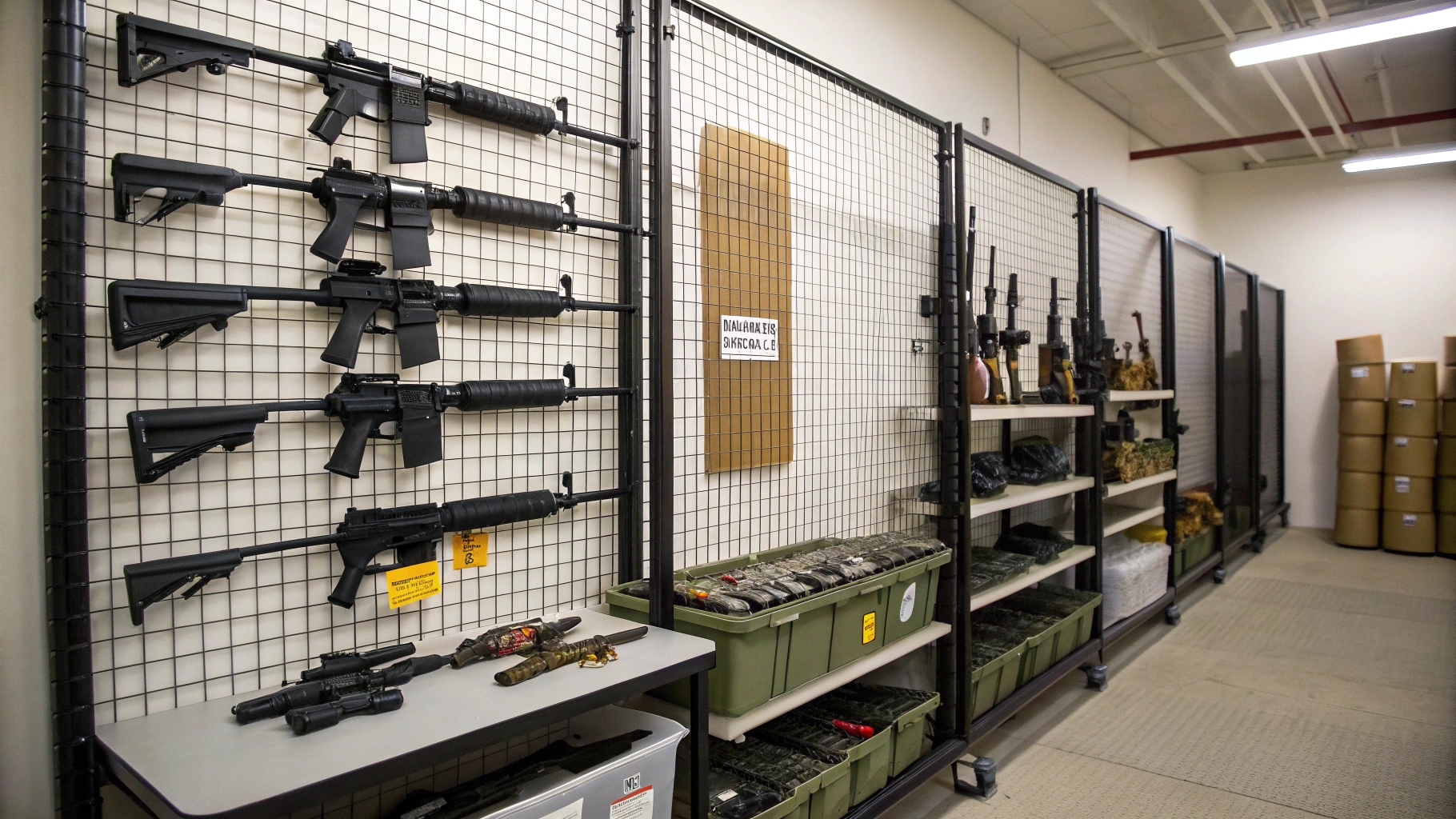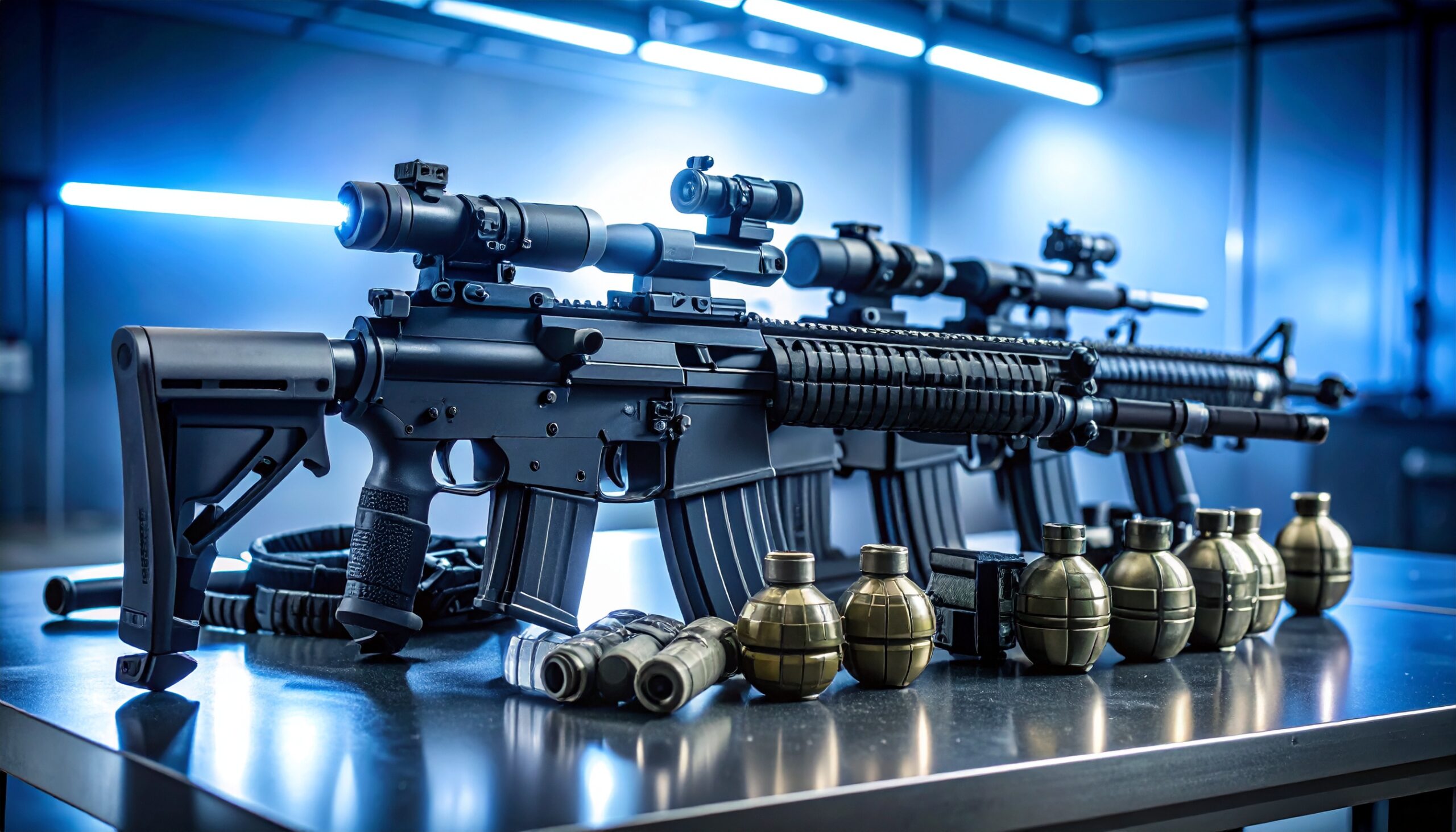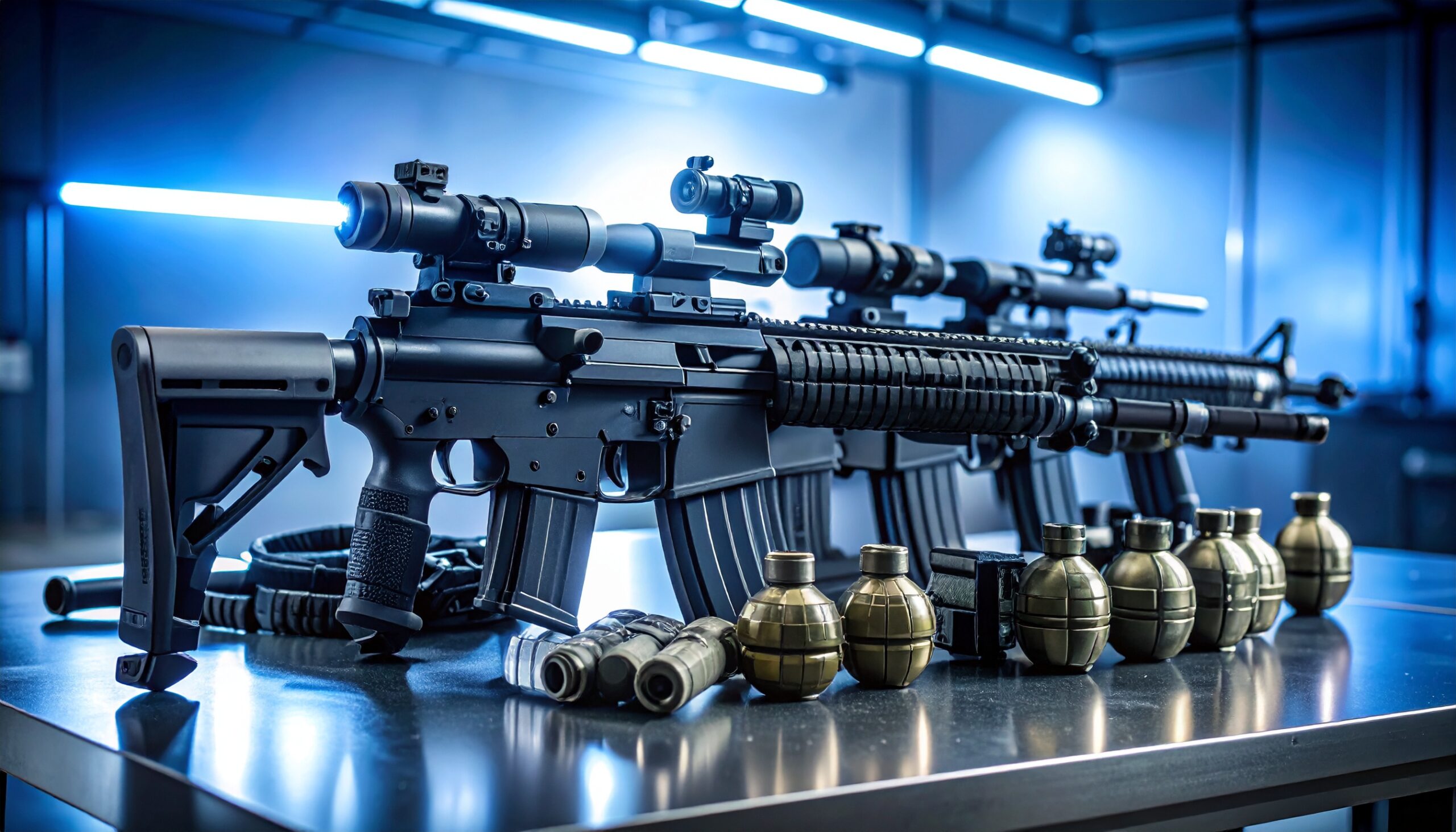
The Pentagon is fast-tracking development of next-generation drone interceptors, selecting Anduril Industries and Zone 5 Technologies to advance prototypes capable of defeating larger, military-grade unmanned systems. The effort is being led under the Defense Innovation Unit (DIU)’s Counter NEXT program, which adapts commercial technologies for military use to close urgent air defense gaps.
The program is focused on countering Group 3 and larger drones—aircraft weighing hundreds of pounds that can carry sensors or weapons. These systems have become an increasing threat to forces, bases, and infrastructure worldwide. Anduril and Zone 5 were selected from a pool of more than 65 applicants, having already demonstrated early success with design sprints and baseline flight tests in less than a year.
Following these trials, the Pentagon awarded additional funding to both firms to refine their designs, integrate them with partner combat systems, and undergo safety testing ahead of a live-fire evaluation in summer 2026. The prototypes are being built with modular open systems architectures and commercial off-the-shelf components, reducing costs while strengthening supply chain resilience.
Counter NEXT directly addresses limitations of current defenses, including the high cost of interceptors compared with cheap drones, slow reload processes, and limited availability of systems. According to DIU program manager Joshua Zike, the project is designed to accelerate the fielding of effective, cost-efficient counter-UAS interceptors for US forces. It forms part of a broader Pentagon strategy that includes laser-based systems such as the AMP-HEL program, helicopter-mounted interceptors, and multi-service competitions to advance layered defenses against evolving unmanned threats.





